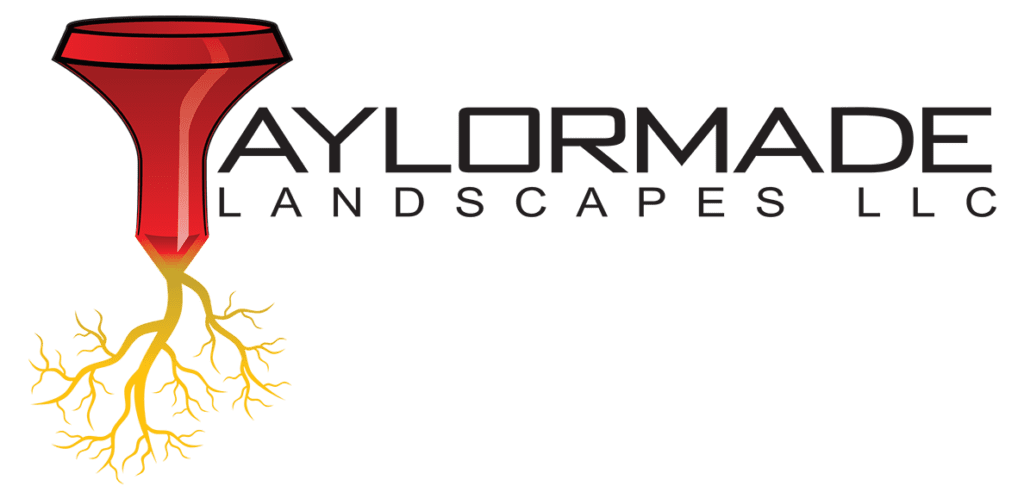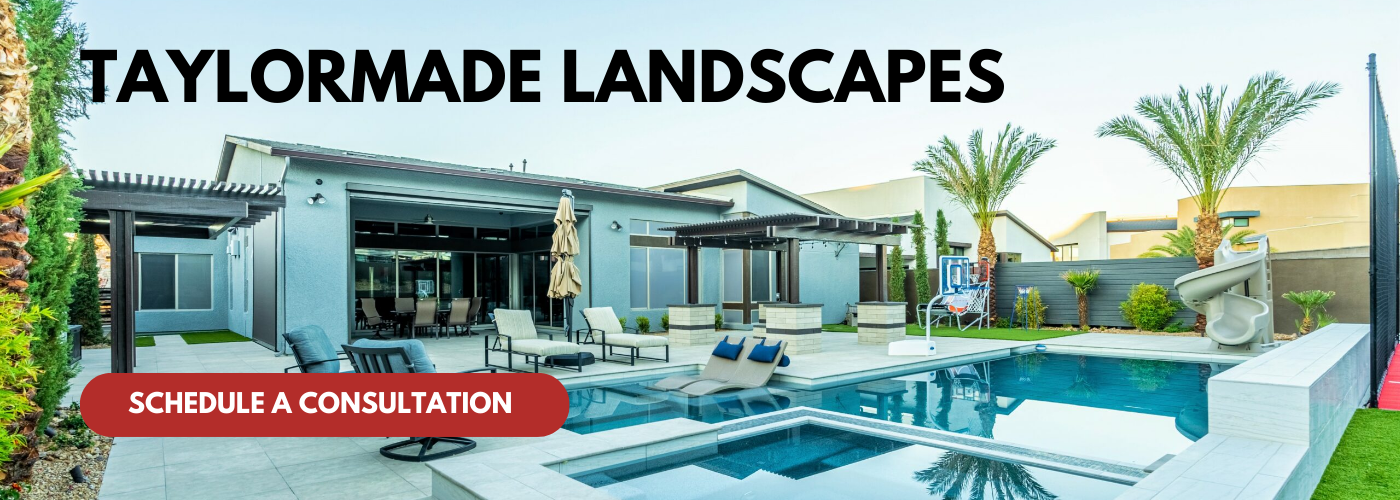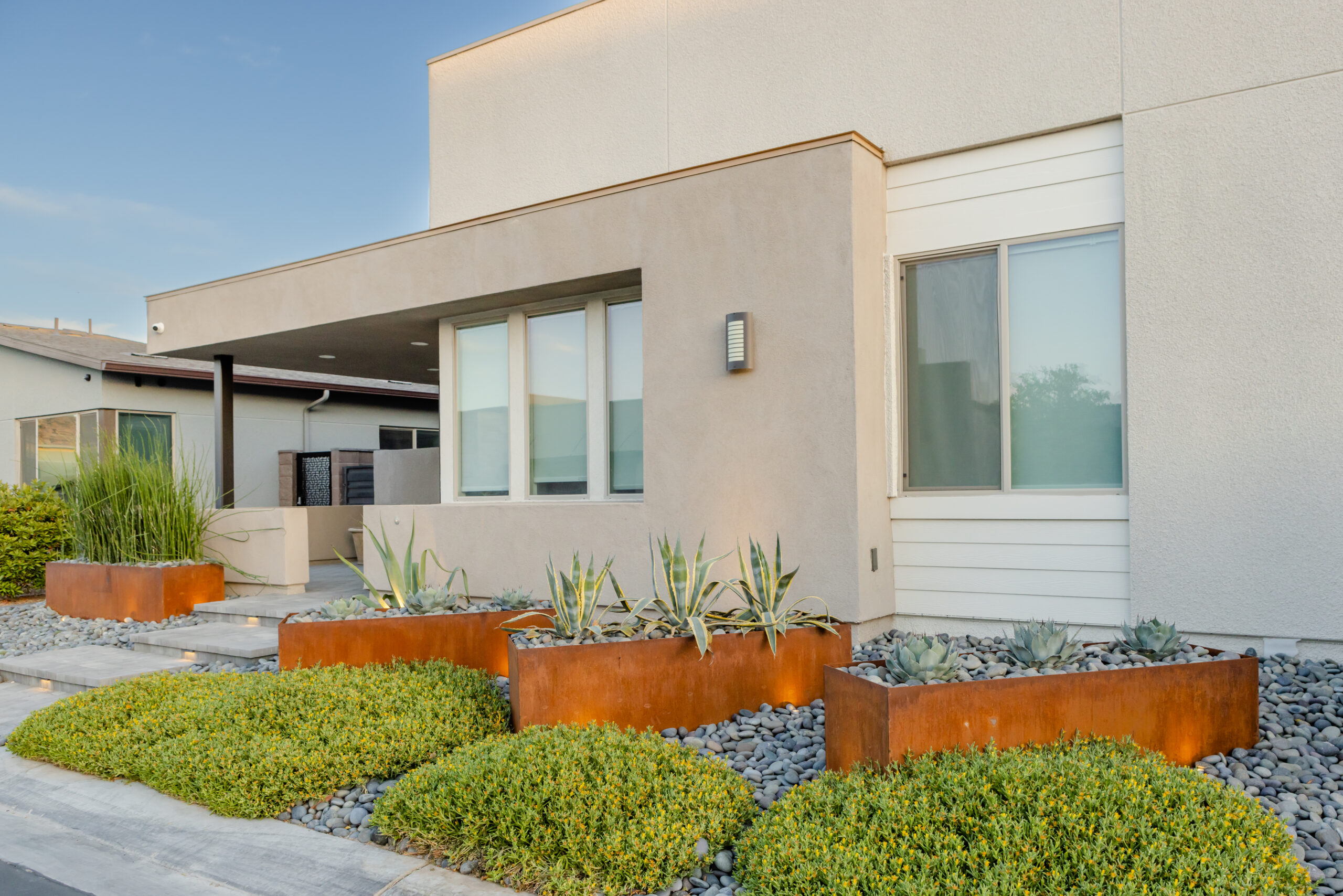In the ever-evolving landscape of outdoor design, selecting the right materials for hardscape in 2025 requires thoughtful consideration that harmonizes aesthetics, functionality, and sustainability. As homeowners and designers alike increasingly prioritize outdoor spaces, the choices made in hardscaping can significantly enhance the usability and visual appeal of patios, pathways, decks, and other outdoor features. Hardscape not only serves as the backbone of landscape design but also offers a canvas for creativity and innovation, allowing for the integration of various textures, colors, and layouts that reflect personal style and practical needs.
One of the fundamental aspects to consider in 2025 is the growing emphasis on sustainability. As environmental consciousness rises, the demand for eco-friendly materials will continue to shape the hardscape selection process. From permeable pavers that enhance water management to recycled materials that reduce waste, the options available cater not only to aesthetic values but also to ecological responsibility. Furthermore, advancements in technology are paving the way for innovative products that boast durability and reduced maintenance, ensuring that your hardscaping investments stand the test of time.
Equally crucial is the balance between form and function. In 2025, it will be essential to evaluate how different materials can support the intended use of your outdoor spaces. Considerations such as climate resilience, slip resistance, and ease of installation will impact the overall performance and longevity of hardscape elements. Additionally, the integration of smart technology and outdoor lighting solutions into hardscape design can elevate functionality, creating spaces that are not only beautiful by day but also serve as inviting retreats by night.
Ultimately, the process of choosing materials for hardscape in 2025 involves a multifaceted approach. By thoughtfully considering sustainability, functionality, aesthetic appeal, and the interplay between different elements, you can create outdoor spaces that are not only visually stunning but also aligned with current trends and future needs. In this article, we will delve deeper into the key factors to consider, the latest materials on the market, and practical tips for making informed decisions that will transform your outdoor environment for years to come.
Environmental sustainability and eco-friendliness
When it comes to hardscaping in 2025, the focus on environmental sustainability and eco-friendliness has never been more crucial. As society becomes increasingly aware of the impacts of climate change and ecological degradation, selecting materials that are both sustainable and environmentally friendly is essential. This means opting for products that not only minimize your ecological footprint but also contribute positively to the environment.
One important consideration is the sourcing of materials. Recycled materials, such as reclaimed stone, recycled concrete, and sustainable woods, have gained popularity because they reduce waste and utilize existing resources. Additionally, look for materials with certifications that ensure sustainable practices, such as those meeting standards set by organizations like LEED (Leadership in Energy and Environmental Design). These certifications can provide assurance that the materials are produced with a minimal impact on the planet.
It is also crucial to think about the longevity of the materials you choose. Sustainable choices should have a long lifespan to minimize the need for replacement. This means considering the durability and maintenance of the materials in addition to their eco-friendliness. Durable materials such as permeable pavers not only help manage stormwater runoff but also reduce heat buildup, creating a better microclimate around your hardscaped areas.
Furthermore, the ongoing maintenance of your hardscaping choices can significantly impact their sustainability. Opting for materials that require less frequent repair or replacement lessens the need for resources over time. Incorporating native plants and installing permeable paving can reduce water usage and mark a step toward a more sustainable landscape.
As consumers become more conscious of their environmental impact, selecting environmentally sustainable materials for hardscaping will not only be a reflection of personal values but will also enhance property value and appeal, aligning with the growing demand for eco-friendly practices in all aspects of construction and landscaping. Thus, when planning your hardscape in 2025, consider the broader implications of your material choices on the environment and choose options that support sustainability.
Durability and maintenance requirements
When selecting materials for hardscape in 2025, durability and maintenance requirements stand as critical considerations. Hardscape elements, which include patios, pathways, decks, and retaining walls, are subjected to wear and tear from various factors such as foot traffic, weather conditions, and the natural environment. Therefore, it is essential to choose materials that can withstand these challenges over time without requiring excessive repair or replacement.
Durability encompasses not only the lifespan of the material but also its resistance to the elements. For instance, products made from high-quality concrete, natural stone, or reinforced composites tend to offer remarkable longevity and can endure environmental stressors better than less robust materials. Additionally, when considering maintenance, options that require minimal upkeep—such as sealed concrete or pavers with a protective finish—can save homeowners substantial time and cost in the long run. It’s beneficial to analyze the specific maintenance tasks associated with each material, looking closely at the frequency of cleaning, sealing, or repairs needed to maintain the material’s appearance and structural integrity.
In 2025, integrating low-maintenance and durable options becomes even more important as the focus on sustainability grows. Opting for resilient materials that require less frequent replacement can contribute to a reduction in waste and resource consumption, aligning with eco-friendly practices. Furthermore, advancements in technology have led to the emergence of innovative materials that not only offer superior durability but also environmentally responsible options that abide by sustainable manufacturing processes. By carefully weighing the long-term performance and maintenance needs of hardscape materials, homeowners can make informed choices that enhance both their outdoor spaces and their environmental footprint.
Aesthetic appeal and design compatibility
When it comes to hardscape design, aesthetic appeal and design compatibility are paramount considerations. These elements significantly influence how the overall outdoor space is perceived and how well it harmonizes with the surrounding architecture and landscape. In 2025, homeowners and designers alike are expected to prioritize materials that not only look appealing but also seamlessly blend with existing structures, gardens, and natural environments. The goal is to create a cohesive visual language that enhances the overall beauty of the space.
Aesthetic appeal encompasses the visual aspects of the materials, such as color, texture, and pattern. For example, natural stone offers a timeless beauty with its unique variations and earthy tones, while concrete can be molded and stained to mimic more expensive materials. Designers might also consider the finishes of different materials, as polished surfaces may impart a modern look, while matte textures can evoke warmth and coziness. For 2025, the trend is likely to lean towards sustainable materials that maintain their beauty over time, thus reducing the need for frequent replacements.
Design compatibility requires a thoughtful approach to integrating hardscape materials with existing elements. For instance, if a home features traditional architectural styles, selecting rustic bricks or natural stone can maintain that aesthetic. Conversely, a modern home might benefit from sleek, geometric pavers and contemporary finishes. Additionally, considering the scale and layout of the hardscape elements is crucial. Large-format tiles can work beautifully in expansive spaces but may overwhelm smaller areas. In 2025, the interplay of hardscape with softscape elements (like plants and grass) will also gain importance, encouraging a balanced approach that allows for an aesthetically pleasing environment that draws the eye across varying textures and colors.
When choosing materials for hardscaping in 2025, it’s essential to consider current design trends and the long-term vision for the outdoor space. Look for materials that not only meet aesthetic desires but also align with sustainability goals. The blending of hardscape and ecology, such as permeable pavers that allow for natural water drainage and support local ecosystems, denotes a growing trend that enhances both design compatibility and environmental responsibility. A successful hardscape will not only be visually stunning but will also reflect the values of sustainability and harmony with nature, thus creating spaces that are as functional as they are beautiful.
Cost-effectiveness and budget considerations
When planning a hardscape project, it is essential to thoroughly consider cost-effectiveness and budget implications. Hardscaping refers to the non-plant elements of landscaping, such as patios, walkways, retaining walls, and other built structures. These features not only add functionality to outdoor spaces but also contribute significantly to their overall visual appeal. However, the materials and installation can be a considerable financial investment. Therefore, it’s critical to conduct a comprehensive cost analysis before proceeding with any project.
Budget considerations encompass more than just the initial material costs. It’s important to factor in installation costs, maintenance, and potential repairs over time. For example, while some materials may come at a lower price point initially, they could require more expensive maintenance or replacement sooner than higher-quality options. Spending a little more upfront on durable materials can lead to overall savings and satisfaction in the long run. Additionally, understanding the full lifecycle costs associated with various hardscaping materials can aid in making an informed decision that balances budget constraints with quality.
In 2025, as materials evolve and economic factors fluctuate, it will be prudent to stay informed about market trends and innovations in hardscape materials. Sustainable options, which may have higher initial costs, are also becoming popular due to their long-term benefits. Homeowners should consider the environmental impact of their material choices, especially in terms of durability and maintenance requirements. Additionally, exploring local suppliers and regional materials can often yield cost savings and help support the local economy. Balancing quality, aesthetics, and practicality within a budget is key to creating a successful hardscape that meets both functional and visual needs.
Climate resilience and weather adaptability
When considering materials for hardscape projects in 2025, climate resilience and weather adaptability are increasingly critical factors. Climate change has brought about more severe weather patterns, including heavy rainfall, extreme temperatures, and fluctuating climate zones. These shifts mean that selecting materials that can withstand adverse weather conditions is essential for the longevity and performance of outdoor spaces. For instance, materials that can resist moisture absorption and are less prone to cracking during freeze-thaw cycles are ideal in regions experiencing harsher winters. Similarly, in areas subject to extreme heat, materials that reflect sunlight and reduce heat absorption can provide more comfortable outdoor environments.
Another aspect to consider is the type of soil and drainage in the area. Certain hardscape materials, like permeable pavers or aggregates, can facilitate better water drainage. These materials help mitigate flooding risks and reduce the likelihood of erosion, which is crucial as increasingly intense storms become the norm. Integrating such solutions not only supports sustainability but also enhances the health of the surrounding landscape by allowing for better water infiltration and plant growth.
Moreover, the aesthetics of hardscape materials that exhibit climate resilience should not be overlooked. Consumers in 2025 are likely to desire designs that not only serve functional needs but also blend seamlessly with the evolving environmental context. Combining beauty with utility means exploring a range of innovative materials like recycled composites, advanced ceramics, or even weather-resistant natural stones that can withstand the elements without compromising visual appeal. Ultimately, thoughtful material selection will not only contribute to the resilience of hardscape installations but also align with broader environmental and design goals for outdoor spaces.




